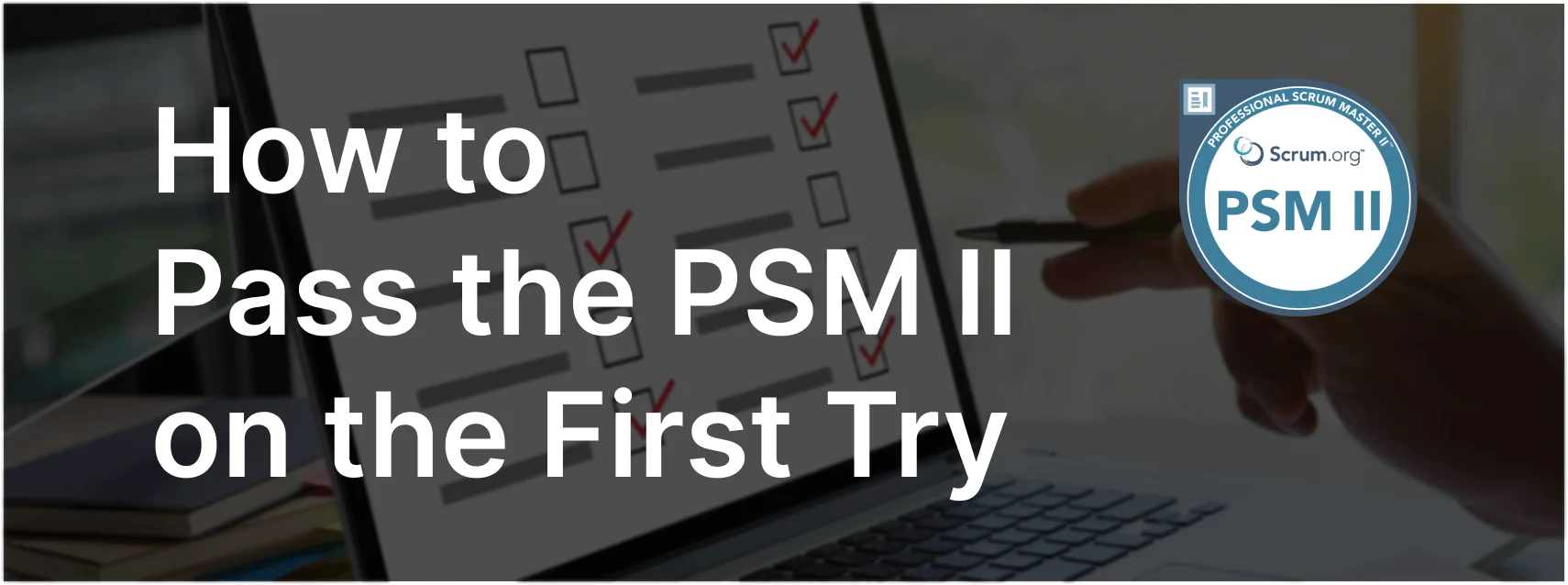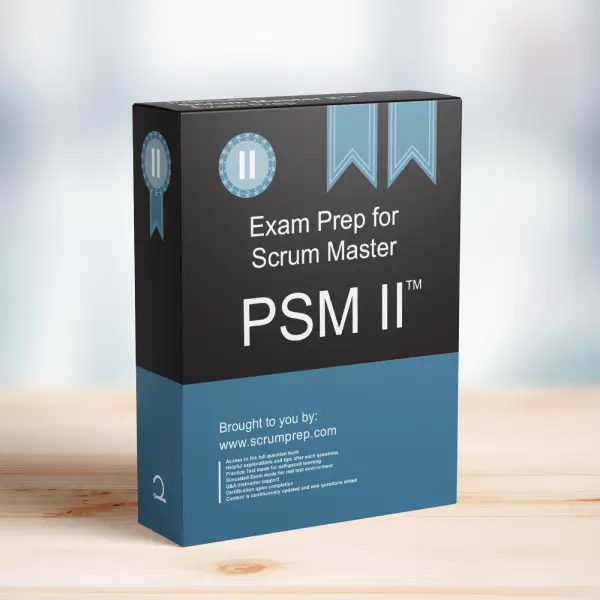Distributing Requirements in Multiple Scrum Teams
When multiple Scrum Teams work on the same product, the distribution of requirements is crucial for maintaining coherence and maximizing efficiency. This article explores a specific exam question about how requirements should be distributed among multiple Scrum Teams, providing detailed explanations and insights relevant to the PSM II exam.
Exam Question
How should requirements be distributed when multiple Scrum Teams work on the same product? (choose the best answer)
- A. The Scrum Team with the highest velocity pulls items from an overall Product Backlog first.
- B. They must be selected from one Product Backlog in such a way that each Scrum Team has an equal volume of requirements per Sprint.
- C. The Product Owner decides by providing each team with its own Product Backlog.
- D. The Developers pull in work from a shared Product Backlog in agreement with the Product Owner and the other teams.
Correct Answer
D. The Developers pull in work from a shared Product Backlog in agreement with the Product Owner and the other teams.
Explanation
Correct Answer
D. The Developers pull in work from a shared Product Backlog in agreement with the Product Owner and the other teams: In a multi-team Scrum environment, it is essential to have a single Product Backlog to ensure that all teams are working towards the same product goal. The Developers from each Scrum Team collaborate with the Product Owner and other teams to pull in work from this shared Product Backlog. This approach ensures that the most valuable items are addressed first and that there is clear alignment and coordination among the teams.
Incorrect Answers
A. The Scrum Team with the highest velocity pulls items from an overall Product Backlog first: This approach could lead to imbalances and conflicts between teams. It does not promote collaboration and could result in lower overall efficiency.
B. They must be selected from one Product Backlog in such a way that each Scrum Team has an equal volume of requirements per Sprint: Equal volume of requirements per Sprint does not necessarily equate to value delivery. It is more important to prioritize based on value and dependencies rather than volume.
C. The Product Owner decides by providing each team with its own Product Backlog: Having multiple Product Backlogs for the same product can lead to fragmentation and misalignment. A single Product Backlog ensures a unified vision and coherent progress towards the product goal.
Responsibilities in Scrum
- Product Owner: Manages a single Product Backlog, ensuring it is transparent, prioritized, and aligned with the product goal. The Product Owner collaborates with multiple Scrum Teams to ensure that the highest value items are worked on.
- Scrum Master: Facilitates coordination and communication between the Scrum Teams, ensuring that the Scrum framework is followed and that teams collaborate effectively.
- Developers: Pull work from the shared Product Backlog, collaborate with other teams, and align their efforts to ensure coherent and efficient progress towards the product goal.
Relevance to the PSM II Exam
Understanding how to manage requirements in a multi-team Scrum environment is crucial for the PSM II exam. It demonstrates advanced knowledge of Scrum practices and the ability to coordinate multiple teams effectively. Mastering this concept ensures that Scrum Masters can facilitate collaboration and alignment among teams, leading to successful product development.
Key Takeaways
- A single, shared Product Backlog ensures alignment and coherence among multiple Scrum Teams.
- Collaboration between the Developers, Product Owner, and other teams is essential for prioritizing and pulling in work.
- The focus should be on value delivery and dependencies rather than equal volume of requirements.
Conclusion
In a multi-team Scrum environment, maintaining a single, shared Product Backlog and fostering collaboration between teams and the Product Owner is essential for coherent and efficient product development. By understanding and implementing this approach, Scrum Masters can ensure that all teams work towards the same product goal, maximizing value delivery. This understanding is crucial for effective Scrum implementation and success in the PSM II exam. For comprehensive preparation and practice exams, check out PSM II Exam Prep to enhance your understanding and application of Scrum principles.



